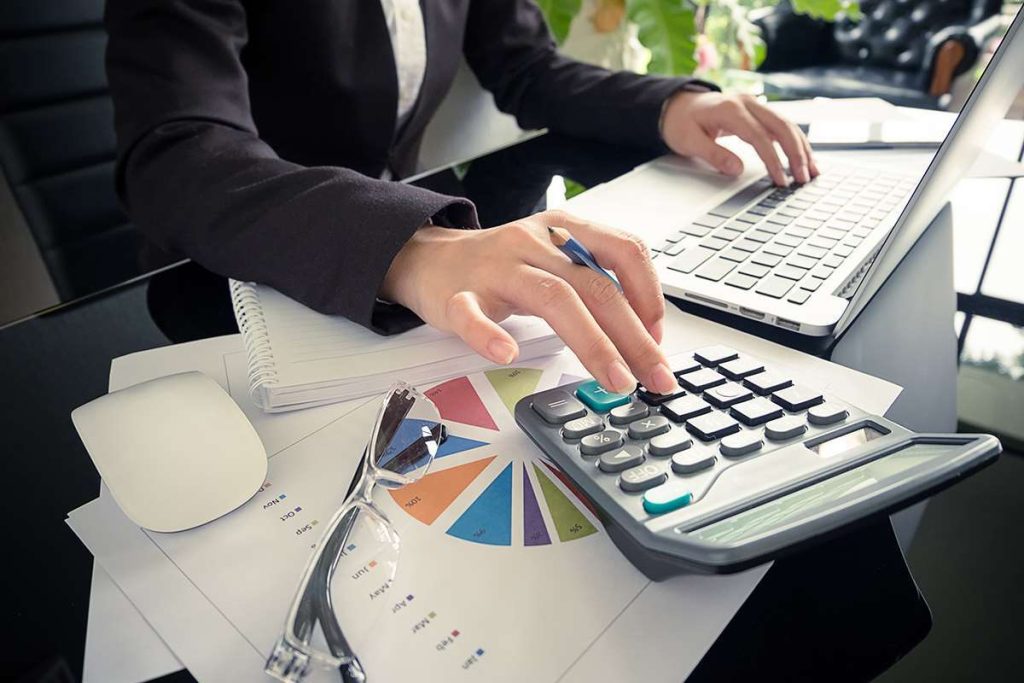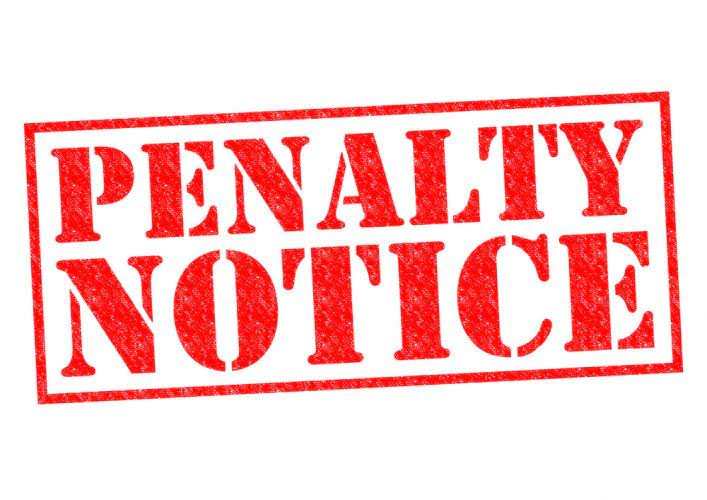
To calculate the after-tax salvage value, subtract the book value from the selling price to find the gain, multiply the gain by the tax rate, and then subtract the tax from the selling price. The estimated useful life of the machine is 5 years, and its salvage value is determined to be $2,000. Ignoring taxes on gains from asset sales can lead to overestimating the asset’s value, resulting in incorrect financial reporting. Calculating after-tax salvage value ensures that all tax liabilities are accounted for, providing a true reflection of the asset’s worth. Some assets are truly worthless when they’re no longer of use to your business.
The Straight-Line Method
The car salvage value calculator is going to find the salvage value of the car on the basis of the yearly depreciation value. Enter the original value, depreciation rate, and age of asset in tool to calculate the salvage value. Liquidation value is usually lower than book value but greater than salvage value.
Sample Full Depreciation Schedule

Straight-line depreciation also factors in a piece of property’s salvage value, which is the estimated amount an owner would receive when selling the property at the end of its useful life. An asset’s salvage value subtracted from its basis (initial) cost determines the amount to be depreciated. Most businesses utilize the IRS’s Accelerated Cost Recovery System (ACRS) or Modified Accelerated Cost Recovery System (MACRS) methods for this process. Double declining balance is an accelerated depreciation method that front-loads depreciation of an asset.
- Some companies say an item is worth nothing (salvage value of $0) because they think it has paid for itself by making money over time.
- Even some intangible assets, such as patents, lose all worth once they expire.
- Depreciation is an accounting practice used to spread the cost of a tangible asset, such as a vehicle, piece of equipment, or property, over its useful life.
- This information is crucial for financial reporting, balance sheet valuation, and evaluating the return on investment.
- With a 20% straight-line rate for the machine, the DDB method would use 40% for yearly depreciation.
- The choice of method depends on the nature of the asset and its expected pattern of use and obsolescence.
Depreciation Method
Simply put, when we deduct the depreciation of the machinery from its original cost, we get the salvage value. The salvage value formula calculator is an online free tool that helps find the resale value for any asset. It uses the salvage value formula to find resell value and gives step-by-step solutions by explaining every term. Scrap value might be when a company breaks something down into its basic parts, like taking apart an old company car to sell the metal. The level of maintenance and upkeep performed on an asset throughout its lifespan can affect its salvage value.
- It equals total depreciation ($45,000) divided by useful life (15 years), or $3,000 per year.
- Salvage value is a concept that holds significant importance in the world of business.
- For example, if an asset has a cost of $10,000 and a useful life of 5 years, the straight-line rate would be $2,000 per year.
- Not accounting for the depreciation of assets can have a significant impact on the profits of a business.
- The furniture is used only for business purposes, and you don’t place any other property in service for the year.
A Step-by-Step Guide to Calculating an Asset’s Salvage Value
Since furniture is personal property (as opposed to real property), and it wasn’t placed in service during the last quarter of the year, the half-year convention must be used. The property doesn’t qualify for ADS treatment, so the proper MACRS system is the GDS. Under the GDS, office furniture qualifies as 7-year property (with a recovery period of seven years).

Table A-17: 150% Declining Balance Method; Mid-Quarter Convention; Property Placed in Service in Third Quarter
The matching principle is an accrual accounting concept that requires a company to recognize expense in the same period as the related revenues are earned. If a company expects that an asset will contribute to revenue for a long period of time, it will have a long, useful life. The salvage price of the asset and scrap value calculation are based on the original price and depreciation rate.
- The depreciation rate is influenced by the asset’s useful life, salvage value, and the method of depreciation chosen, such as the straight-line or double-declining balance method.
- The carrying value of the asset is then reduced by depreciation each year during the useful life assumption.
- This value plays a crucial role in financial decision-making as it affects various aspects such as depreciation, asset disposal, and capital budgeting.
- In some cases, salvage value may just be a value the company believes it can obtain by selling a depreciated, inoperable asset for parts.
- So, when a company figures out how much something will lose value over time (depreciation), they also think about what it might still be worth at the end, and that’s the salvage value of that asset.
- Depreciation is an annual allowance given to a trade or business for exhaustion, wear and tear, and normal obsolescence of property.
When compared to the straight-line method (discussed earlier), the 200% and 150% declining balance methods accelerate depreciation. In other words, they result in greater depreciation expense deductions early in the property’s useful life and smaller deductions in the later years. Salvage value is the amount that an asset is estimated to be worth at the end of its useful life.

Declining Balance
Under the straight-line depreciation method, you can claim $1,000 of depreciation for 10 years. Salvage value is the monetary value obtained for a fixed or long-term asset at the end of its useful life, minus depreciation. This valuation is determined by many factors, including the asset’s age, condition, rarity, obsolescence, wear and tear, and market demand. The salvage after tax salvage value calculator value of a business asset is the amount of money that the asset can be sold or scrapped for at the end of its useful life. Anything your business uses to operate or generate income is considered an asset, with a few exceptions. It is important to note that salvage value is an estimation and may not always reflect the actual value realized upon asset disposal.
This method assumes that the salvage value is a percentage of the asset’s original cost. To calculate the salvage value using this method, multiply the asset’s original cost by the salvage value percentage. Both declining balance and DDB require a company to set an initial salvage value to determine the depreciable amount. It just needs to prospectively change the estimated amount to book to depreciate each month.